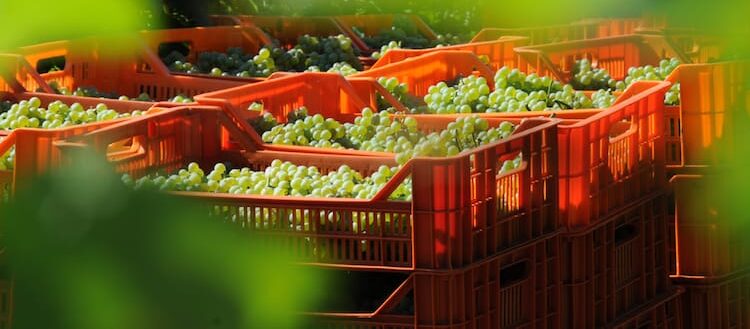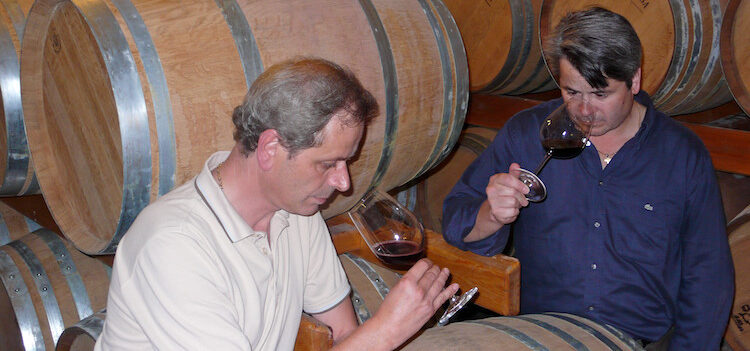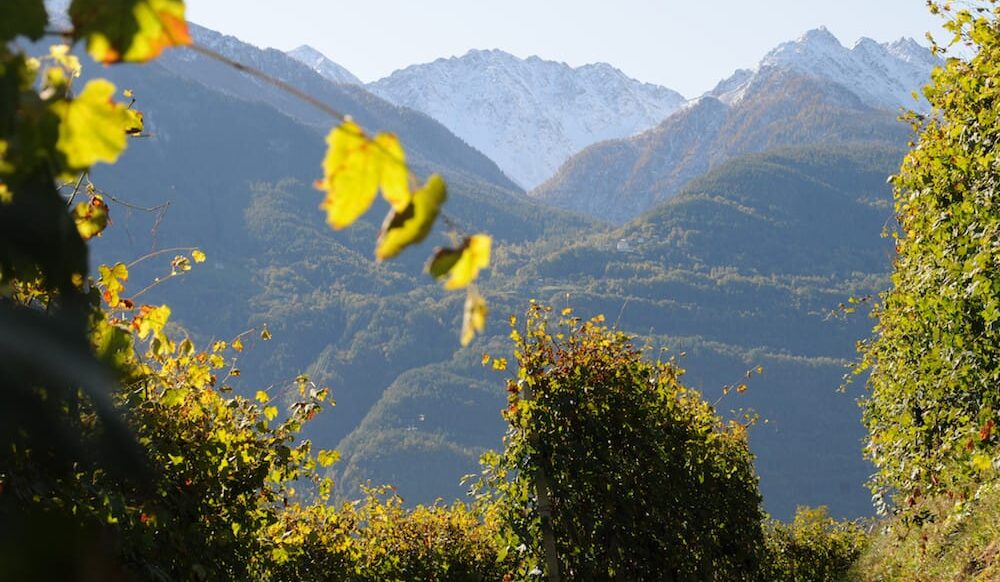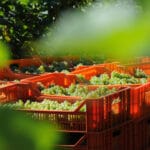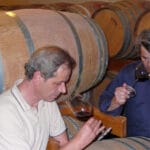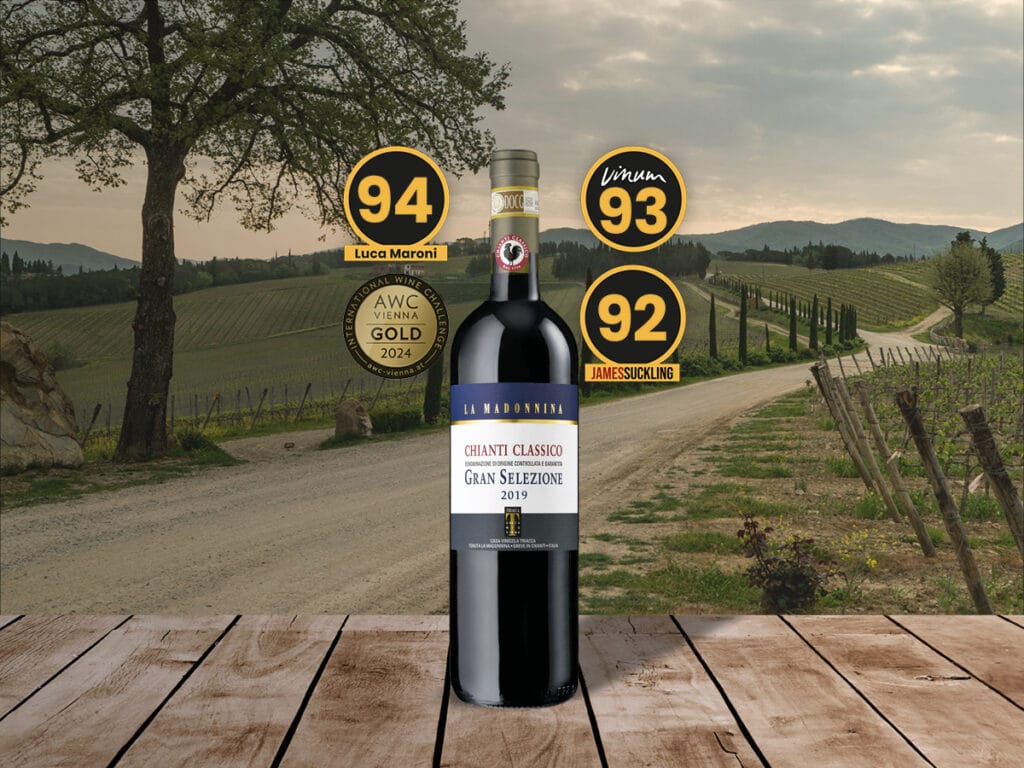When it comes to wine, one of the most important and at the same time mysterious elements is definitely the tannin. A natural compound that is fundamental to the structure of wine and can influence its taste experience. But what is it exactly?
WHAT ARE TANNINS?
Tannins are polyphenolic substances found in many plants, including grapes, tea, nuts, and some fruits. In wine, the tannins come mainly from the peel, seeds and stalks of grapes. These compounds are responsible for the astringency sensation that we perceive when drinking wine, creating that feeling of “dryness” which can be more or less marked depending on the variety of grapes and its winemaking process.
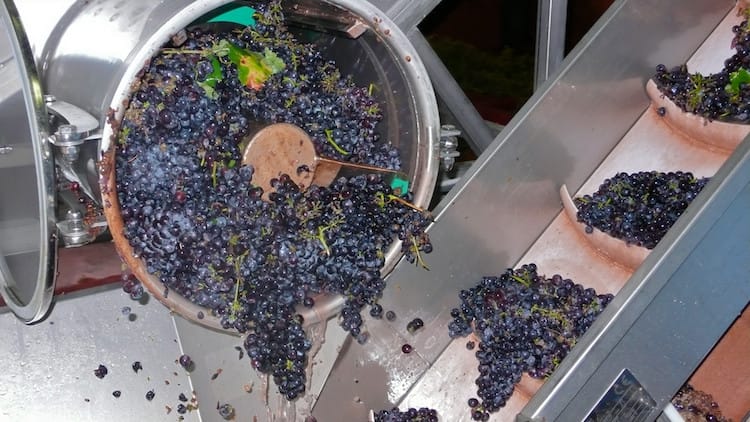
THEIR FUNCTION
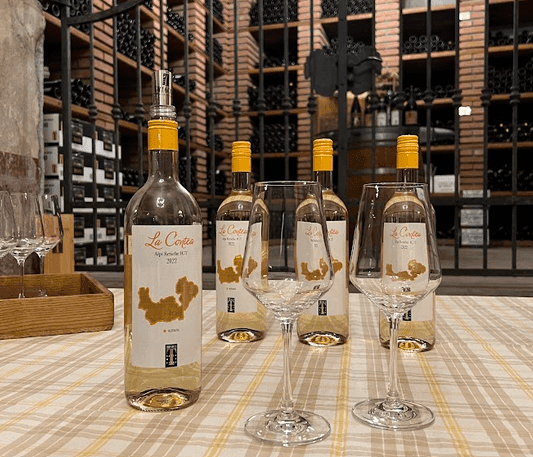
In addition to affecting the taste, tannins have a fundamental role in preserving the wine and improving its evolution over time. As natural antioxidants, tannins act as preservatives, allowing the wine to age better and develop more complex aromas. This is one of the reasons why many red wines, which tend to contain more tannins than white ones, are known to improve with age.
HOW THEY AFFECT THE TASTE OF WINE
Tannins contribute significantly to the structure of wine, influencing its fullness, body and sensation in the mouth. A wine rich in tannins, in fact, may seem “more full-bodied” or “robust”, while a wine with few tannins can be softer and more delicate. Also, the type of tannins is very important: soft and ripe ones are more pleasant and round, while the greener and immature ones can be hard and a bit less pleasant.
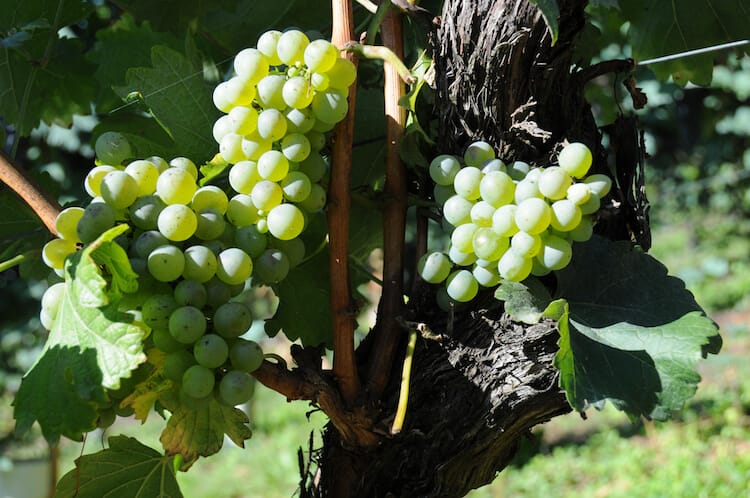
When you taste a wine rich in tannins then, it is common to feel the typical sensation of astringency, this happens because the tannins interact with the proteins of our saliva and mouth. But it is not only the astringency that determines the taste profile of a wine. Tannins also interact with other elements such as acidity and alcohol, creating a balance that can be more or less harmonious depending on their proportions.
THE TANNINS IN RED AND WHITE WINES
In general, red wines contain a higher amount of tannins than white wines, precisely because the vinification of red wine involves a longer contact between the must and the grape skins, where these compounds are concentrated. Some grape varieties, such as Cabernet Sauvignon, Sangiovese and Nebbiolo, are naturally richer in tannins than others.
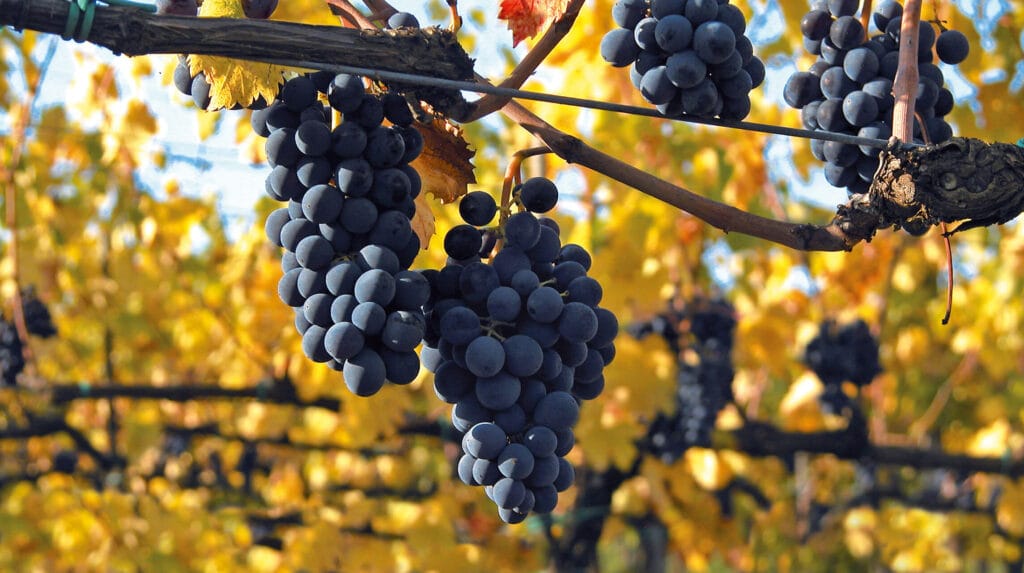
But beware, even white wines contain tannins, only in much lower quantities, since the vinification process involves less contact with the skin.
However, even the aging in wood allows wines to acquire the tannins present in the wood of the barrels, influencing their tannins concentration and therefore their taste profile. Regardless of whether they are white or red, therefore, their percentage of tannins will increase thanks to the contact with the barrels.
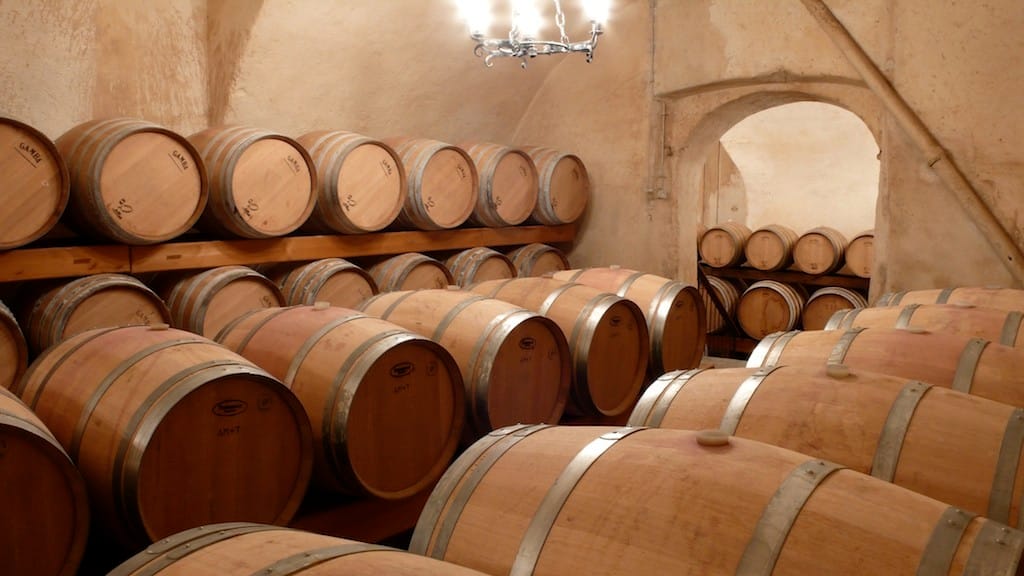
Do you prefer more or less tannic wines? You just have to taste to find out!

